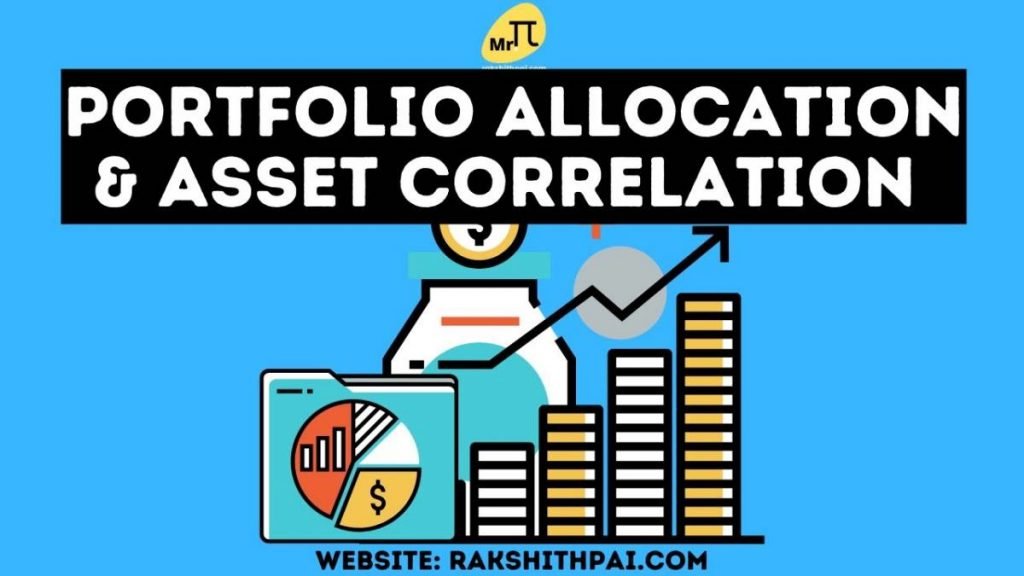Table of Contents
What is a Small-Cap Company?
When referring to publicly listed companies, “small-cap” refers to those with a market value of between a few hundred crores and about Rs. 10,000 crores. In this context, “cap” means a company’s full market value.
Brokerages and market analysts may use different criteria when deciding how to classify firms as a small, mid, or big cap. This is a particular category on the stock exchange, and its value shifts as the company’s stock do. The remaining number of shares in a firm is what is meant by “market valuation.”
According to the Securities and Exchange Board of India, or SEBI, companies with a market capitalization of 251 and beyond in terms of market capitalization would be termed as small cap.
Each of India’s two major stock exchanges, the National Stock Exchange (NSE) and the Bombay Stock Exchange (BSE), maintains its own small-cap benchmark index to monitor the market for small companies. They are called BSE small-cap and Nifty small-cap indices.
Best Small-Cap Stocks to Invest – 2022
Features of Small-Cap Investing:
The following are some of the features of Small Cap Companies. So, it is crucial that you understand these features before investing in a Small-Cap Company.
High Volatility
Contrast this with large-cap corporations, which not only have a diverse company but also expand into various areas, generating much more revenue overall. Small-cap stocks are more vulnerable to the downward pressures of a bear market and are thus highly volatile.
Certain Small-cap stocks may have matured, by expanding their product and service offerings as well as their cash flow and capital. They are more stable than the other small-cap companies and steadily grow their market share through mergers and acquisitions.
Exponential Growth
Investors in small-cap stocks may see returns as high as 100% if the company grows rapidly. As a result of the potential for the financial gain they offer, they are a desirable investment vehicle.
Finding promising equities to invest in and keeping them over the long haul might result in substantial gains. They can provide far higher returns than their bigger counterparts, which is why they are sometimes referred to as “multi-baggers.”
To Know More about Investing in Search of a Multi-bagger, CLICK HERE!
Liquidity
Less trading activity in the stock market makes small-cap stocks the least liquid of the three market capitalization categories. They have lower liquidity since fewer people know about them and they might be harder to trade. In light of this, small-cap stocks are not suitable for traders with a short-term horizon.
Advantages of Investing in a Small-Cap Company:
Growth Potential
Small-cap enterprises have far more room to expand than large corporations. When compared to large-cap firms, small-cap ones often have more growth potential, making them more alluring to investors.
Small-cap indexes, such as Nifty 250 and Sensex Small Cap, have far higher relative returns than the larger-cap Nifty50 and Sensex 30 indices. At times, small-cap firms may also find it much easier to grow their operations and finances than large-cap firms if their track records prove them worth funding.
Easy To Understand
Reading the Financials of a Small cap company is easier than those of mid and large-cap entities with many subsidiaries under them. The finances of a Small cap company are crisp and to the point. They consist mainly of statutory documents and the major components of the Balance sheet, P&L, and others.
While reading Small-Cap Companies’ financials, look for the following red flags;
- High Stock Pledge by Promoters.
- Other Income is more than Operating Income.
- Tax-Related Disputes.
- Employees Disputes.
- High Debt.
- Lack of Explanations for Extraordinary Items.
- High Volatile Sales Figures.
- Issuing Dividend without Positive Profit.
- Top Management Componsation.
- Related Party Transactions.
Inexpensive Stocks
The market capitalization and total shares outstanding for small-cap firms are often lower than those of large-cap stocks. Since the enterprises are not well known or appreciated, their stock price reflects this inefficient market.
Investors can get an advantage over large investment firms by purchasing undervalued, high-quality stocks. Since small-cap stocks expand at a faster natural pace than large-cap stocks do, they will eventually become more well-known and more attractive to investors.
You will maximize your gains on equities purchased at reasonable costs since, by then, seasoned investors will have evaluated their interest in these stocks, driving up share prices.
Disadvantages of Investing in a Small-Cap Company:
Low Liquidity
Small-cap stocks are less liquid than their large counterparts. With low liquidity, it may be difficult to buy or sell shares of stock at a price that is acceptable to the investor. Low liquidity also adds to the overall risk of the stock.
Small-cap companies trade very little because most of the company’s shares are either locked in the hands of the company’s promoters or are pledged to the bank and financial institutions. which makes the company’s shares much more vulnerable to volatility.
High Risk
The danger of losing money is greater when investing in small-cap stocks. First, there is a possibility that the business models of small-cap enterprises are flawed and untrustworthy. Because of this, the company’s operations and finances will suffer unless the business model can be changed by the management.
Furthermore, small-cap enterprises typically have fewer options for obtaining additional money and funding. For this reason, the company is less likely to be able to close cash flow gaps or grow by investing in critical activities.
Conclusion:
The market risks and volatility of small-cap stocks are greater than those of larger-cap equities. To put it simply, this is the biggest danger when buying small-cap companies. Therefore, before putting money into small-cap stocks, investors should do their homework and allocate their funds wisely.
This is because small-cap companies have a high potential to create profits, but the risk associated with them has to be mitigated by the investors by diversifying their investments into other less risky and more stable companies, such as mid-cap and large-cap companies.
Those with a more risk-taking mindset can put a sizable chunk of their money into small stocks, while those with a more conservative outlook should put at least 10% of their portfolio into such companies.
Disclaimer: All the information on this website is published in good faith and for general information purposes only.









